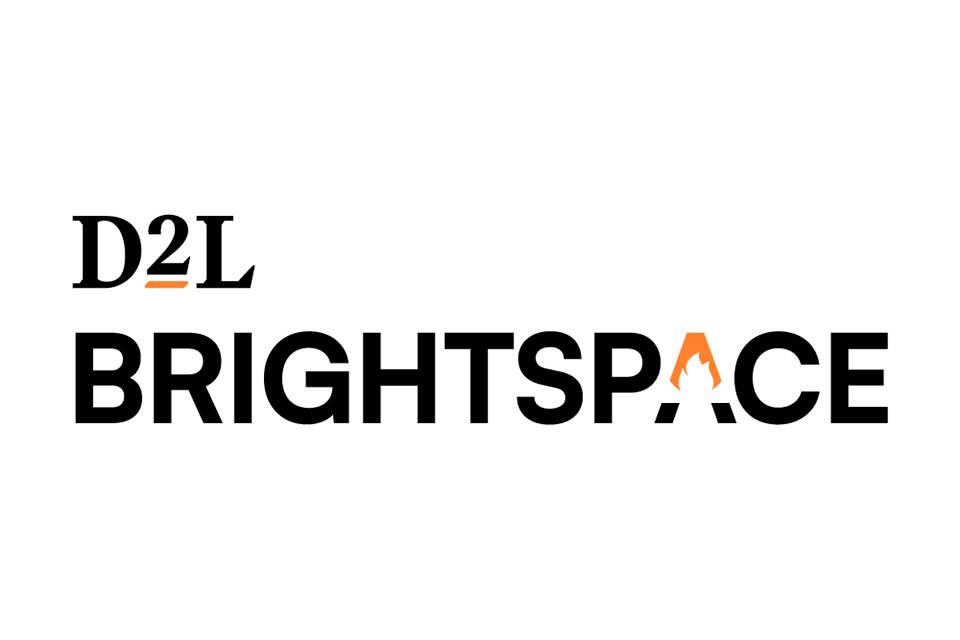The Power of Reflections in Learning Experiences
Our society is stuck in a fast-paced go-go-go mode. Overworking is celebrated. Multitasking is expected. Do you know of one thing you can’t rush though? The learning process. We’ve all tried it and I am certainly guilty of this as well. In college, procrastination was in my blood and I seemed to thrive by waiting until the last second to cram as much as possible the night before. To my own surprise, I would do fairly well on the exams, but if you asked me the same exam questions a week later, I would have no answer.
We know that cramming doesn’t work, yet when it comes to adult learning, we are still cramming, but in a different way. You see, we don’t call it “cramming” because that’s for college students. We have rebranded this into the more adult like events of forgetting a training needs to be completed and the deadline is rapidly approaching. Or, we forgot that we had to give a presentation at work, so we quickly cobbled together some PPT slides. If we were asked a week later about the content, we would give out blank stares.
What if this content truly mattered to us though and we genuinely wanted this information to stick? What is something we can do today to allow for more retention? Enter in reflections.
For the last several years, I’ve added reflections into my learning experiences, and they have made a world of a difference for the students. I’ve seen this from both perspectives as an instructional designer and an instructor. For my students, I can tell that this is one of the first times they have experienced a kind of learning activity that asks them to slow down, rather than speed up. The idea of reflections is simple. This learning activity tells students to stop, pause, and think back to what they just learned. It asks them to tie this information back into a former experience of theirs. Maybe the prompt makes sense to have them reflect upon a past situation where the outcome wasn’t ideal. With the information they recently explored, if they could go back in time and do something different, what would they do to improve the situation. This could also be used in a forward facing setting. For instance, if they come into a situation again in the future, what will they do differently this next time around?
If you would like to see exactly what a reflection question looks like, you can see the image below. This reflection question comes directly from the fifth week of the Instructional Design Fundamentals course offered by Instructional Design Institute:
The interface behind Brightspace. This screenshot is from Week 5 from the Instructional Design Fundamentals course offered by IDI
The example above isn’t groundbreaking or anything overly complicated. I simply want the students to reflect back on the teachings for the week and write down what stood out to them. And that’s the beauty of reflection questions. These allow for students to really think about their own learning journey and to write down what comes to mind.
So now, let’s explore a bit more about the science behind this and why it works so well.
First, from an andragogical perspective, this is taking into consideration the research from Dr. Malcolm Knowles and what we know about his 6 principles. One of these principles is centered around incorporating past experiences. As educators, we should be taking these into consideration when designing learning experiences. Adults come with a wealth of knowledge and we are not simply wiping the slate clean every single time. By taking into consideration what they have already gone through, the reflections can make them think back to these moments and further solidifying the new ideas they’ve explored. This type of learning activity also aids in relevancy, another principle of andragogy. It’s incredibly difficult to know where every student is coming from with their various backgrounds, but if our prompts can engage them to connect the real world into their learning, this is a win for everyone.
The second is spaced repetition. It’s a bit of an odd form of spaced repetition so hang in here with me while I explain about this. The spacing effect is the concept that shows how learning is more effective when spaced out over a period of time. Essentially, it is the opposite of cramming. Instead of taking a sprint-like approach to learning, students are taking the slow and steady approach. This concept has shown through research to enhance long-term memory retention. This all dates back to the work of Herman Ebbinghaus in the 1880’s with the discovery of the forgetting curve. If you haven’t heard of this before, the forgetting curve highlights that we forget the information we learn over a period of time. As more time passes, the more we forget. However, we can overcome this by intentionally reviewing the information at different points of time. When students are trying to actively recall what they’ve learned at a later date, this only strengthens the memory trace each time.
So, what does this information have to do with reflections? After teaching online courses for the last decade, I noticed a pattern with how students spend their time in my courses. My modules open up on Mondays for the start of the week. Almost all of my students login to the course on that Monday and begin to go through the learning experience. They tend to go through the learning material first and will complete one of the learning activities. Then, they take a break and revisit the course a few days later. That is when they move on to more learning material, completing the assessment, and then finishing the module with the reflection question. My reflection questions are always at the end of the module. Inadvertently, this is allowing the information they have learned to marinate for a few days and then trying to recall what they’ve learned about for that Sunday night deadline. One of the common reflection questions I ask is, “What were your most significant takeaways for the week?” This makes the students think back to all of the main points and then to recall this information. Could they go back and review the material? Absolutely. Do plenty of them write down what they remember from memory alone? Absolutely.
By having all of this take place within the week, an organic process and flow happens. They don’t realize they are following best learning practices, but this is a powerful method for retention. I also said a few moments ago that this happens inadvertently because when I started creating reflection questions, it seemed natural to me to place these at the end. I wasn’t expecting students to login to my courses over multiple days to maximum the spacing effect, but that’s exactly what happened.
The reflections that I create are typically not graded, but are still required. I also give broad guidelines for the submission length and I will typically say, write down what you feel is appropriate. I’m always surprised when students submit far more information than I expected on these reflections. However, I think it’s this type of relaxed setup for the prompt that makes them want to write more. I’m not going to evaluate the students based on a word count or how many references they use. This learning activity is for their purpose and their own experiences. Students, especially adult students, want more autonomy and flexibility. Adding reflections into your learning experiences will absolutely help with this.
So, here is the good news: reflection questions aren’t hard or time consuming to create. You can literally use the language in this article to add these into your courses today. Of course, these should always be intentional. Remember, adults are smart and are quick to pick up on repetitive patterns. If you create reflections in the exact same way every single time, they will get burned out on these. Use your own creativity and experiment with reflections. I promise that these will make a significant difference for your students and their levels of retention.
A tremendous thank you to our sponsors! By supporting them, you support this show.









